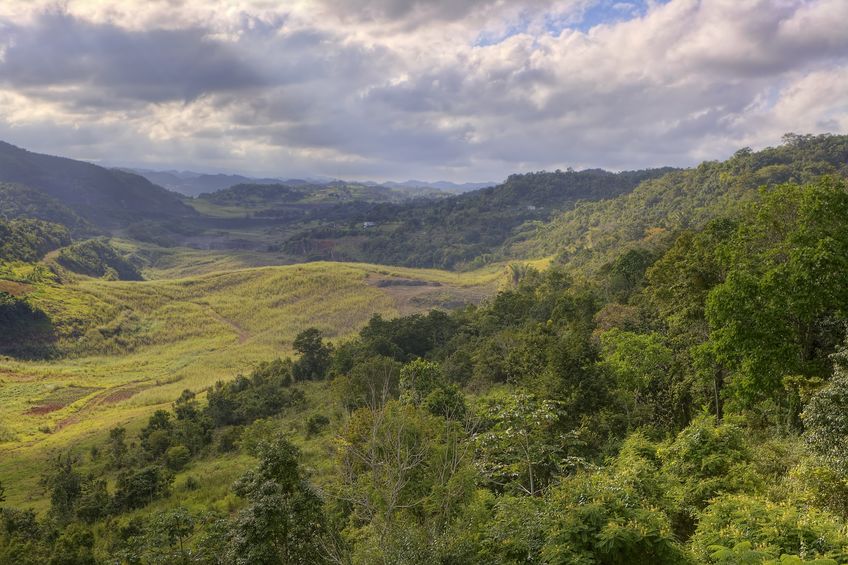
The issue of Mining in the cockpit country has resurfaced in the news cycle recently but in all the coverage, commentary, and discussion; I have yet to see a legitimate argument that puts things into perspective. At this point, there is much more confusion around the topic than before and I hope a more constructive more academic approach can help to clarify the realities.
In 2017, the Jamaica Environment Trust led a campaign to protect the Cockpit Country, I played an integral role in obtaining over 15,000 signatures which was essential in creating a platform for a discussion on the issue. From that concerted effort, the Government of Jamaica (GOJ) outlined protected areas of the cockpit country where no mining will be allowed, see this article.
The link above outlines according to JIS:
- “The protected area will include existing forest reserves, significant hydrological and ecological features and cultural and heritage sites. This area comprises approximately 74,726 hectares and will be referred to as the Cockpit Country Protected Area and will be protected under specific legislation as advised by the Attorney General.
- No mining will be permitted in the Cockpit Country Protected Area. In this regard, the Mining Act and any existing mining licenses will be amended to close these areas to mining” It appears that once the act is amended the govt will proceed with the mining in and around the cockpit.
Now that we are clear on what has already been accomplished, and there is an agreement that “there will be no mining inside the protected area deemed “Cockpit Country” unless the PM did a full turn around on his promise we should then only focus on the additional issues:
1) Are we now pushing for a widening of the boundaries to protect more of the Cockpit and surroundings? What are the implications?
(a) This makes sense since it would be clear that the people want more than what the government offered in its protected areas.
(b) This will seek to prevent or reduce mining in and around the Cockpit Country
(c) Give credibility to the current fight against mining.
(d) Determine which boundary is called Protected Area (see map attached); why are those boundaries chosen of wider boundaries? Does the GOJ have underlying motives?
2) Do we (the general public) want input into the specific areas that should be mined based on additional environmental, wildlife and water concerns and what are the implications?
(a) It would give the GOJ a look at the social, historical, ecological effects and the disruption of the natural make up of the protected areas.
( b) Is there a prevailing argument that the government should not allow bauxite mining period? In that way, we can look at past experiences and the economic effect of bauxite mining.
3) Let’s also make the arguments for our position on the three points above based on economic benefits or disadvantages as well as human consumption, health, and environmental advantages and disadvantages.
A lot of the current noise today surround “no mining in the Cockpit Country” do not address the true problem and the public appears to be misinformed. We are instead going in circles. The government gave its promise in writing. The public now needs to channel their energies so that the GOJ can respond. Let’s make our arguments about how this impacts Jamaica and Jamaicans and work in a more organized manner. That way we are not telling the public that there will be mining inside the Cockpit.
“No mining in the Cockpit Country” is a moot argument.







